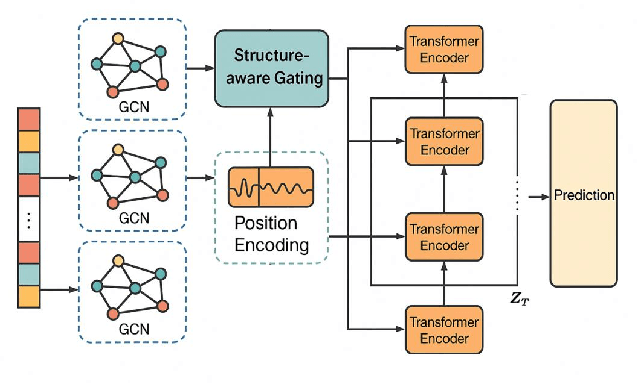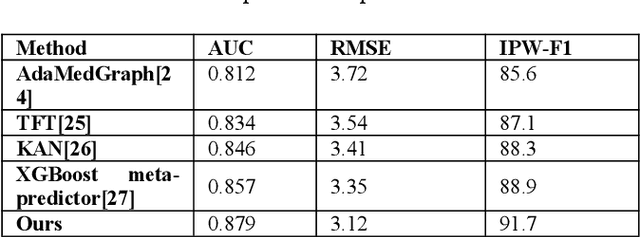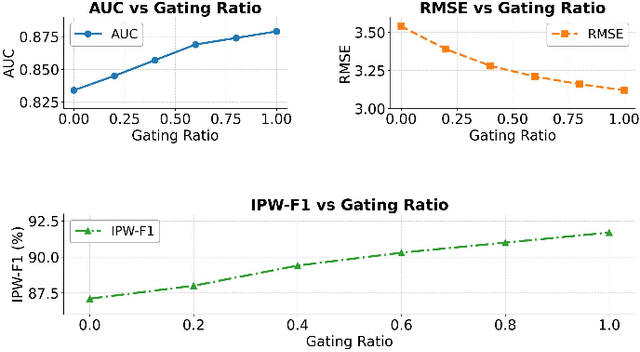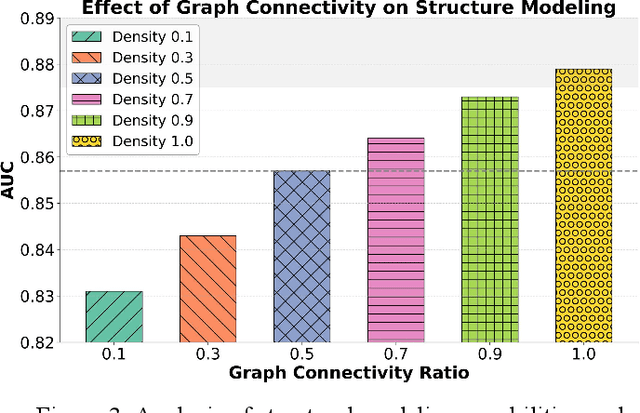Haifeng Yang
Sky Background Building of Multi-objective Fiber spectra Based on Mutual Information Network
Aug 27, 2025Abstract:Sky background subtraction is a critical step in Multi-objective Fiber spectra process. However, current subtraction relies mainly on sky fiber spectra to build Super Sky. These average spectra are lacking in the modeling of the environment surrounding the objects. To address this issue, a sky background estimation model: Sky background building based on Mutual Information (SMI) is proposed. SMI based on mutual information and incremental training approach. It utilizes spectra from all fibers in the plate to estimate the sky background. SMI contains two main networks, the first network applies a wavelength calibration module to extract sky features from spectra, and can effectively solve the feature shift problem according to the corresponding emission position. The second network employs an incremental training approach to maximize mutual information between representations of different spectra to capturing the common component. Then, it minimizes the mutual information between adjoining spectra representations to obtain individual components. This network yields an individual sky background at each location of the object. To verify the effectiveness of the method in this paper, we conducted experiments on the spectra of LAMOST. Results show that SMI can obtain a better object sky background during the observation, especially in the blue end.
Structure-Aware Temporal Modeling for Chronic Disease Progression Prediction
Aug 20, 2025



Abstract:This study addresses the challenges of symptom evolution complexity and insufficient temporal dependency modeling in Parkinson's disease progression prediction. It proposes a unified prediction framework that integrates structural perception and temporal modeling. The method leverages graph neural networks to model the structural relationships among multimodal clinical symptoms and introduces graph-based representations to capture semantic dependencies between symptoms. It also incorporates a Transformer architecture to model dynamic temporal features during disease progression. To fuse structural and temporal information, a structure-aware gating mechanism is designed to dynamically adjust the fusion weights between structural encodings and temporal features, enhancing the model's ability to identify key progression stages. To improve classification accuracy and stability, the framework includes a multi-component modeling pipeline, consisting of a graph construction module, a temporal encoding module, and a prediction output layer. The model is evaluated on real-world longitudinal Parkinson's disease data. The experiments involve comparisons with mainstream models, sensitivity analysis of hyperparameters, and graph connection density control. Results show that the proposed method outperforms existing approaches in AUC, RMSE, and IPW-F1 metrics. It effectively distinguishes progression stages and improves the model's ability to capture personalized symptom trajectories. The overall framework demonstrates strong generalization and structural scalability, providing reliable support for intelligent modeling of chronic progressive diseases such as Parkinson's disease.
Clinical NLP with Attention-Based Deep Learning for Multi-Disease Prediction
Jul 02, 2025Abstract:This paper addresses the challenges posed by the unstructured nature and high-dimensional semantic complexity of electronic health record texts. A deep learning method based on attention mechanisms is proposed to achieve unified modeling for information extraction and multi-label disease prediction. The study is conducted on the MIMIC-IV dataset. A Transformer-based architecture is used to perform representation learning over clinical text. Multi-layer self-attention mechanisms are employed to capture key medical entities and their contextual relationships. A Sigmoid-based multi-label classifier is then applied to predict multiple disease labels. The model incorporates a context-aware semantic alignment mechanism, enhancing its representational capacity in typical medical scenarios such as label co-occurrence and sparse information. To comprehensively evaluate model performance, a series of experiments were conducted, including baseline comparisons, hyperparameter sensitivity analysis, data perturbation studies, and noise injection tests. Results demonstrate that the proposed method consistently outperforms representative existing approaches across multiple performance metrics. The model maintains strong generalization under varying data scales, interference levels, and model depth configurations. The framework developed in this study offers an efficient algorithmic foundation for processing real-world clinical texts and presents practical significance for multi-label medical text modeling tasks.
A Versatile Framework for Analyzing Galaxy Image Data by Implanting Human-in-the-loop on a Large Vision Model
May 17, 2024Abstract:The exponential growth of astronomical datasets provides an unprecedented opportunity for humans to gain insight into the Universe. However, effectively analyzing this vast amount of data poses a significant challenge. Astronomers are turning to deep learning techniques to address this, but the methods are limited by their specific training sets, leading to considerable duplicate workloads too. Hence, as an example to present how to overcome the issue, we built a framework for general analysis of galaxy images, based on a large vision model (LVM) plus downstream tasks (DST), including galaxy morphological classification, image restoration, object detection, parameter extraction, and more. Considering the low signal-to-noise ratio of galaxy images and the imbalanced distribution of galaxy categories, we have incorporated a Human-in-the-loop (HITL) module into our large vision model, which leverages human knowledge to enhance the reliability and interpretability of processing galaxy images interactively. The proposed framework exhibits notable few-shot learning capabilities and versatile adaptability to all the abovementioned tasks on galaxy images in the DESI legacy imaging surveys. Expressly, for object detection, trained by 1000 data points, our DST upon the LVM achieves an accuracy of 96.7%, while ResNet50 plus Mask R-CNN gives an accuracy of 93.1%; for morphology classification, to obtain AUC ~0.9, LVM plus DST and HITL only requests 1/50 training sets compared to ResNet18. Expectedly, multimodal data can be integrated similarly, which opens up possibilities for conducting joint analyses with datasets spanning diverse domains in the era of multi-message astronomy.
Dynamic Against Dynamic: An Open-set Self-learning Framework
Apr 27, 2024Abstract:In open-set recognition, existing methods generally learn statically fixed decision boundaries using known classes to reject unknown classes. Though they have achieved promising results, such decision boundaries are evidently insufficient for universal unknown classes in dynamic and open scenarios as they can potentially appear at any position in the feature space. Moreover, these methods just simply reject unknown class samples during testing without any effective utilization for them. In fact, such samples completely can constitute the true instantiated representation of the unknown classes to further enhance the model's performance. To address these issues, this paper proposes a novel dynamic against dynamic idea, i.e., dynamic method against dynamic changing open-set world, where an open-set self-learning (OSSL) framework is correspondingly developed. OSSL starts with a good closed-set classifier trained by known classes and utilizes available test samples for model adaptation during testing, thus gaining the adaptability to changing data distributions. In particular, a novel self-matching module is designed for OSSL, which can achieve the adaptation in automatically identifying known class samples while rejecting unknown class samples which are further utilized to enhance the discriminability of the model as the instantiated representation of unknown classes. Our method establishes new performance milestones respectively in almost all standard and cross-data benchmarks.
SVM-Lattice: A Recognition & Evaluation Frame for Double-peaked Profiles
May 02, 2020



Abstract:In big data era, the special data with rare characteristics may be of great significations. However, it is very difficult to automatically search these samples from the massive and high-dimensional datasets and systematically evaluate them. The DoPS, our previous work [2], provided a search method of rare spectra with double-peaked profiles from massive and high-dimensional data of LAMOST survey. The identification of the results is mainly depended on visually inspection by astronomers. In this paper, as a follow-up study, a new lattice structure named SVM-Lattice is designed based on SVM(Support Vector Machine) and FCL(Formal Concept Lattice) and particularly applied in the recognition and evaluation of rare spectra with double-peaked profiles. First, each node in the SVM-Lattice structure contains two components: the intents are defined by the support vectors trained by the spectral samples with the specific characteristics, and the relevant extents are all the positive samples classified by the support vectors. The hyperplanes can be extracted from every lattice node and used as classifiers to search targets by categories. A generalization and specialization relationship is expressed between the layers, and higher layers indicate higher confidence of targets. Then, including a SVM-Lattice building algorithm, a pruning algorithm based on association rules, and an evaluation algorithm, the supporting algorithms are provided and analysed. Finally, for the recognition and evaluation of spectra with double-peaked profiles, several data sets from LAMOST survey are used as experimental dataset. The results exhibit good consistency with traditional methods, more detailed and accurate evaluations of classification results, and higher searching efficiency than other similar methods.
 Add to Chrome
Add to Chrome Add to Firefox
Add to Firefox Add to Edge
Add to Edge